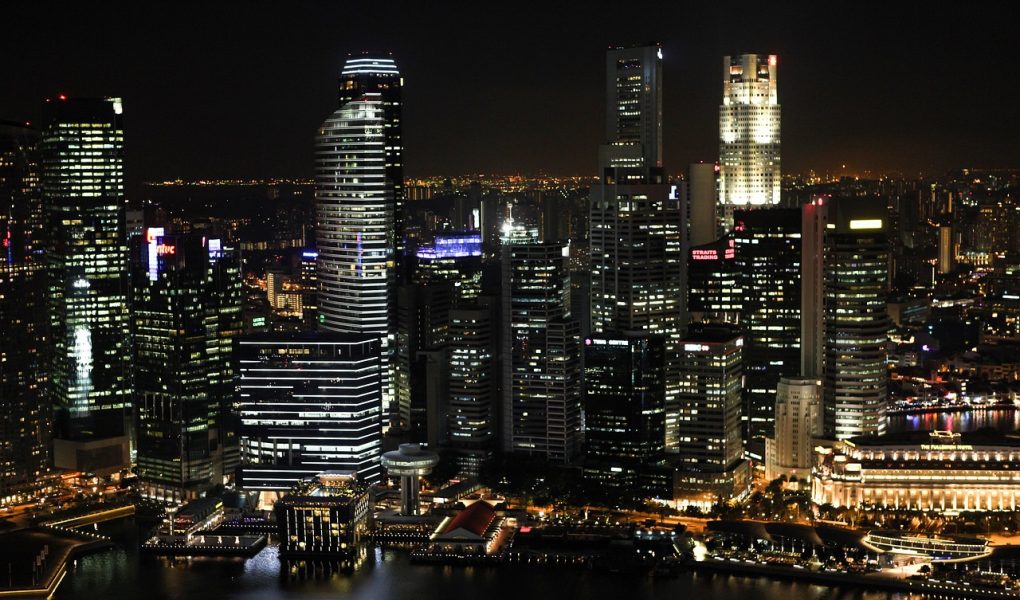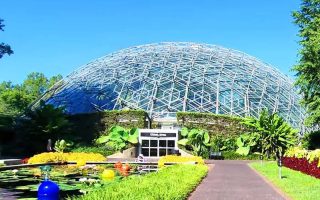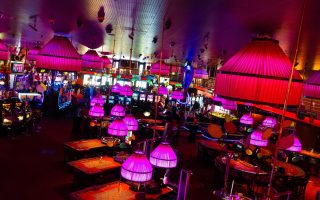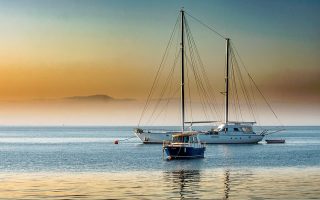Today we offer you a trip to Southeast Asia, to the city-country of Singapore. This is an amazing city of modern technology, where you seem to be in the future. So, are you coming with us?
We will learn how this country from one of the poorest to one of the most developed, talk about the culinary preferences of Singaporeans and learn about how the state takes care of its residents with the help of modern technologies. But more on that later.
Let us first familiarize ourselves with general information about the country:
- Official name – Singapore
- Capital – Singapore
- Area – 725.1 million square kilometers
- Population – 5.61 million people
- Official language – English, Malay, Chinese, Tamil
- Form of government – parliamentary republic
- Monetary unit – Singapore dollar.
And now we offer you 10 interesting facts about this dream city.
1. Singapore is the only island city-state on the planet
There are several city-states in the world (Principality of Monaco, Vatican City), but Singapore is the only one that is on islands. The largest of them and is called Singapore.
In addition, the country is subordinate to 62 small islands, most of which are uninhabited. In 2020, the state will be 55 years old – it gained independence in 1965.
Until then, Singapore was under the rule of Japan and Great Britain.
2. Singapore is a city for people
The state here cares about its citizens, and it is noticeable. For example, the city has built covered passages from houses to parking lots, the nearest bus stop and shopping malls so that people don’t have to run in the rain, for example.
Toilets in public places, which are extremely clean, are equipped with low sinks for children. And elderly people have sensors installed in their homes that detect human movement. If the fixation stops, the sensors can send a caregiver or relatives a text message about it or even call an ambulance.
In addition, seniors, as well as people with disabilities, have special cards that allow them to use off-peak medical services, receive discounts on household services, and even increase the time to cross an intersection (simply by swiping the card against a scanner at a crosswalk).
3. Entertainment in Singapore
Tourists in Singapore have a wide range of entertainment for every taste. It is worth visiting the zoo, which is home to many rare animals: Sumatran tigers, golden monkeys, dwarf hippos and orangutans. Fans of “sea” walks should go to the water park “Underwater World” show on the map, where you can see beautiful motley fish and watch how scuba divers feed marine predators. If desired, you can rent an aqualung and under the guidance of an experienced instructor dive into one of the aquariums to appreciate all the splendor of the underwater world from the inside.
Singapore is home to the largest spa in Asia, Spa Botanica show on map. Its visitors can combine relaxing treatments with walks in the beautiful tropical garden. Golf is the most popular sporting activity. The most famous golf clubs are Orchid Country show on map and Jurong Country show on map. During a walk through the Jurong BirdPark show on map visitors can see beautiful pink flamingos and other rare birds. There are also night tours of the park, which can be called one of the most romantic activities.
Locals often opt for online entertainment. For example, online casinos in Singapore are very common. The legislation has defined provisions that allowed several operators to organize the work of land-based casinos and online bookmakers. At the same time, the government imposes fairly strict restrictions on both the provision of services in the gambling industry, and their use. However, this has not prevented Singapore from becoming the third largest gambling zone, after Las Vegas and Macau.

4. Singapore buys natural resources from neighboring countries
The country has almost no natural resources of its own, so it has to import them from other countries. For example, in Indonesia, Singaporeans bought sand and poured it on the beaches near the Kalang River so that people could relax there.
Even fresh water is partially purchased and supplied by a dam from neighboring Malaysia. It is true that Singaporeans produce the bulk of their drinking water using various modern technologies. Namely:
- sediment utilization;
- seawater desalination;
- wastewater filtration.
In addition, due to the lack of space, the city has created many unusual architectural objects that save space – from huge high-rise buildings to… stadium on the water.
By the way, this stadium is fully functional – soccer players train and compete in it.
5. What is the economic miracle of Singapore?
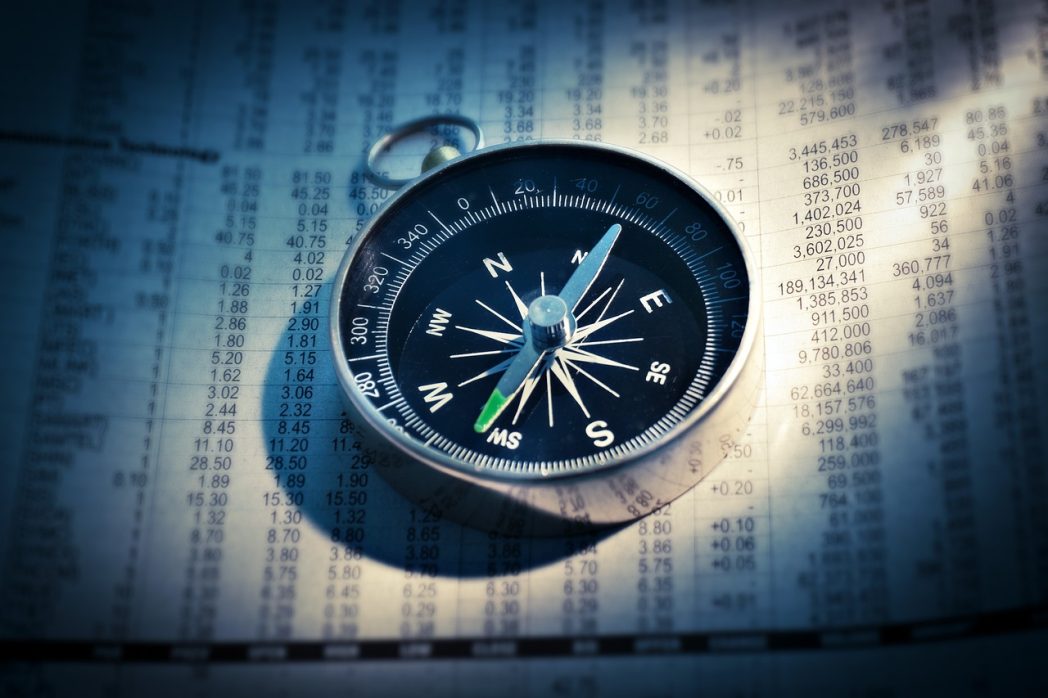
The lack of its own natural resources has not prevented Singapore from becoming one of the richest countries in the world.
The country is home to about 100,000 dollar millionaires (almost 3% of the country’s population), and the average income of a Singaporean is 34,000 USD (dollars) per year.
In one generation – 30 years – this state was able to make a giant leap from the “third world” to the “first” in its development. The creator of the Singaporean economic miracle was Prime Minister Lee Kuan Yew. It was during his rule (1959-1990) that the basic prerequisites for it were introduced in the state. Namely:
- Creation of domestic legislation attractive for foreign businesses, in particular, transparent and favorable taxation for them.
- Introduction of English as the state language and the language of international communication of all ethnic groups of the country.
- Tough methods of combating corruption and nepotism, which made it possible to overcome them in a very short time.
When asked “How did you overcome corruption?” Lee Kuan Yew replied, “Start by putting three of your friends in jail. You know exactly why, and they know why.
6. In Singapore, four languages are considered official languages
These are English, Chinese, Malay and Tamil. To communicate at work or in the city it is enough to know English.
However, there is a local variant of English here – the so-called “Singlish”. (Singapore + English). This is a mixture of English, Malay and Chinese.
And the national language is considered to be Malay, it is in it that the anthem of the country (“Majulah Singapura”) is performed.
If you want to run a successful business in this country, you need to know Chinese, which is the native language for three quarters of the population (77% of Singaporeans are Chinese).
7. Singapore is an incredibly green city
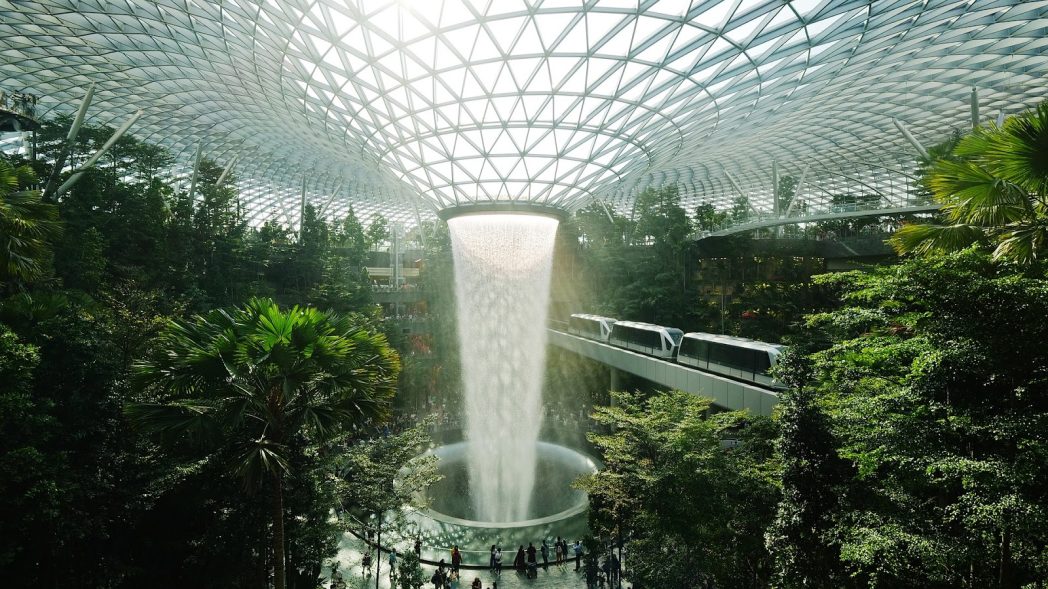
Almost 30% of the city-state is covered with green spaces. There is a huge number of parks, squares and amazing natural landscapes. This is not surprising, because now Singapore is implementing a long-term program to turn the “garden city” into a “city in a garden”.
Because of the limited territory, Singaporeans have gardens everywhere: vertical gardening of walls, planting plants on roofs, steps and any free space is common.
There is even a garden with unusual structures imitating giant trees.
The green look is provided by plants planted on the trunks and in greenhouses, including exotic ferns and orchids.
At night, the trees decorate the garden with the glow of multicolored lights, which is accompanied by a musical show. It looks very unusual and beautiful.
However, this garden is created not only for the sake of beauty. So, artificial trees are able to absorb heat, collect rainwater for fountains and watering plants. And on the top of each of the 18 structures there are solar panels, the received energy from which is used to illuminate the garden.
Inside the city there are also 10-kilometer trails, where through the dense forest you can not see skyscrapers and feel alone with nature.
And the country’s only airport, Changi, which handles 60 million passengers annually, has several orchid gardens and ponds where goldfish swim. And amidst the shopping mall, also located at the airport, is a huge 40-meter waterfall.
8. What are the penalties in Singapore?
Singapore is considered one of the safest and most law-abiding countries, and the crime rate here is one of the lowest in the world – in any neighborhoods of the city you can walk safely both day and night.
In order to achieve this, the authorities of Singapore have created a whole system of various fines and prohibitions concerning both locals and tourists. Thus, for chewing gum, spitting on the ground, smoking in public places, throwing garbage, eating in transport, crossing the road in an inappropriate place is subject to a fine of 500 Singapore dollars (400 USD).
One of the most comical fines is a fine that is applied when after watering flowers, water is left under the pot in the stand. The fact is that water attracts mosquitoes, and the city authorities have almost completely eradicated these insects, thanks to which it was possible to get rid of epidemics of fever and malaria in the country.
In addition to fines, there are offenses for which corporal punishment (in addition to imprisonment) in the form of cane strokes may be applied – attempted murder, robbery, theft, rape, vandalism, and others.
There is also the death penalty (by hanging). It is applied for the most serious crimes – especially brutal murder, drug trafficking, corruption, treason and attempt on the life of the president.
9. The country’s authorities are accustoming residents to a healthy lifestyle
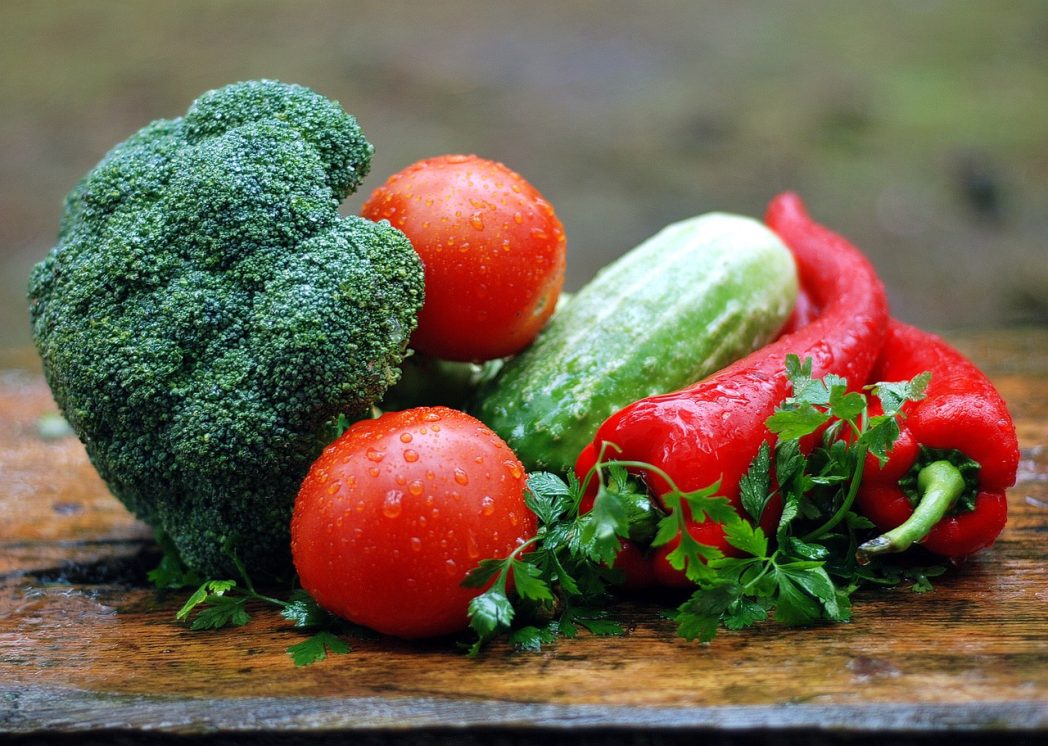
Thus, hookahs, e-cigarettes and snuff are banned in Singapore. After 22.30 you can not buy alcohol (warning about the ban at this time appears even on rum ice cream).
But the bans are not limited here. Thus, in every courtyard of the city there are exercise machines and treadmills, where you can do sports for free. For the elderly and disabled there are free sports classes in clubs and swimming pools.
And the subway has installed devices that award a passenger a free ride for 20 squats.
In addition, healthy food choices are encouraged: for example, you can collect points for buying healthy foods in a special app.
10. What to eat in Singapore?
Singapore is a foodie’s paradise. Due to the mix of national (Chinese, Malaysian, Indian) cuisines, as well as significant Western influence (especially from England and Portugal), it is easy to find culinary creations to suit all tastes.
The national dish of Singapore is Hainanese chicken rice or simply chicken rice – steamed rice with chicken pieces and cucumber. It is usually eaten with dark soy sauce, chili sauce or ginger paste.
Have you ever tried ice cream sandwiches? In Singapore, this unusual dessert is particularly popular.
It is sold in street stalls in 200 g bars wrapped in a thin piece of bread. The flavor of ice cream can be different – vanilla, fruit, berry and even with the flavor of exotic durian. Tourists say that this ice cream is one of the best in Singapore. You can also buy it in a regular plastic cup – without bread.
Singaporeans rarely cook, and some apartments don’t even have kitchens. Most people eat in food courts (specialized eating areas). For example, a breakfast consisting of an egg, toast and coffee will cost only 2.5 dollars at a food court.
